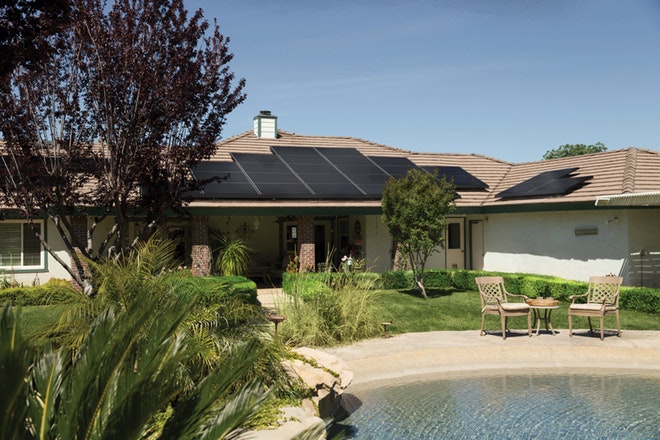Saving water doesn’t only affect your water bill and it shouldn’t be driven by this. Water is our main resource in life, and we are cutting short every year. Unfortunately, people who have unlimited access to water don’t quite realize the importance of preservation and saving.
Raising peoples conscience about the importance of saving water must be spread. However, if you are reading this it means you already know that. So let’s cut to the actual advice. There are several extremely functional ways to cut your water waste to its minimum, and they are not that expensive either. All you need to do is some renovating and implementing and you are ready to go all green.
Implementing new facets to your bathroom doesn’t have to be costly, and will pay off multiple over years. To help reduce water waste, the Australian government has developed the Water Efficiency Labelling and Standards (WELS). This star-rating label system gives you a quick comparative assessment of a product’s water saving efficiency. The more stars it has, the more water efficient the product is. Make sure you look for these labels when making your next purchase.
Eco-friendly toilets
Eco-friendly toilets can significantly improve your ecological influence. By using 20% to 60% less energy compared to the classical ones, they save a lot of water, hence reduce your bill. There are several types of eco-friendly toilets, while the most efficient ones are dual flush and composting models.
Dual-flush
These toilets use approximately 30% less water than most other toilets. They are becoming more and more popular in private homes these days. They have an extremely easy way of using water without compromising efficiency. They simply have two flush options: one for liquid waste, which uses less than a gallon of water, and the other for solid waste.
The one for liquid waste is extremely helpful when it comes to smaller discards like a piece of paper we used for wiping something around the bathroom and such little disposals we all make during the day. Have you ever met a clogged toilet? Don’t worry, use these 3 safe and effective methods to unclog a toilet without a plunger.
Composting toilets
These toilets are a little bit more advanced and have a deeper purpose. Using little or no water, they are saving the space in your bathroom, since not having a flush tank. How do they work, you ask? Some manufacturers offer centralized systems that have remote tanks for the waste. Those tanks can be sized to minimal.
Urinals
Urinals can also be considered eco-friendly toilets since they use less water than even dual-flush toilets for liquid waste. They are also practical and take little space.
Water pipes
Enough with toilets already. Cutting your water waste can be reduced at the place where your biggest water consumption is. And that would be the pipes. There are several ways to eco-improve your pipes. The right size and material can improve your pressure and minimize leakage and waste. Pipes made of steel or PEX (a type of polyethylene that is more flexible than rigid) can maintain the heat. This can also be done by adding pipe insulators and result in heat loss reduction by 80%. This means using less energy to heat your water, hence the smaller electric bill. If not sure which of these eco-friendly options to go for, try consulting your local plumbers and asking for a professional advice.
Bidets
These bathroom facets are extremely practical and water-save oriented. They offer you a quick cleanliness you can’t get with the toilet paper. Even more than that, they save water, since making toilet paper is a very water-intensive process. Some bidet users increase their shower intervals, saving even more water that way.
Showerheads
Eco-friendly showerheads are widely available and very water- efficient these days. They can reduce water flow up to 1.75 GPM( Gallons Per Minute) while the standard flow is 2.5 GPM. In other words, you can save up to 30% compared to using the regular shower head. They regulate the water pressure without making our showers any less satisfying. A shower is more ecological than a bathtub soak only if you keep them brief enough. We all like to enjoy our showers, but a timer wouldn’t be an excess if you want to go green.
Smaller bathtubs
Many people prefer a bathtub than a shower cabin, and it’s understandable. But filling that tub with how many gallons of water for a hot bath can be a huge waste. This doesn’t mean you should give up on relaxing baths. What you can do when selecting the bathtub is to select a smaller one in order to reduce the waste. The effects of the bath will not change, and you will reduce so much water waste.
Outdoor water system
When it comes to our lawns and landscaping, conservation is very important. Scheduled irrigation systems are efficient in a way that it nourishes vegetation but avoid water waste. Using drip systems over spray systems can also save a lot of water. Make sure your outdoor watering system is as eco-friendly as your bathroom assets.
Replacing some of your bathroom facets will be a one-time cost but it will save you a lot of money on electricity and water bills, not to mention it will lower your carbon footprint and help save the water. Hopingly by some point, these eco-friendly assets will be obligatory in every home. The water saving should be a habit implemented for saving the planet in the first place, and not so much our pockets.






